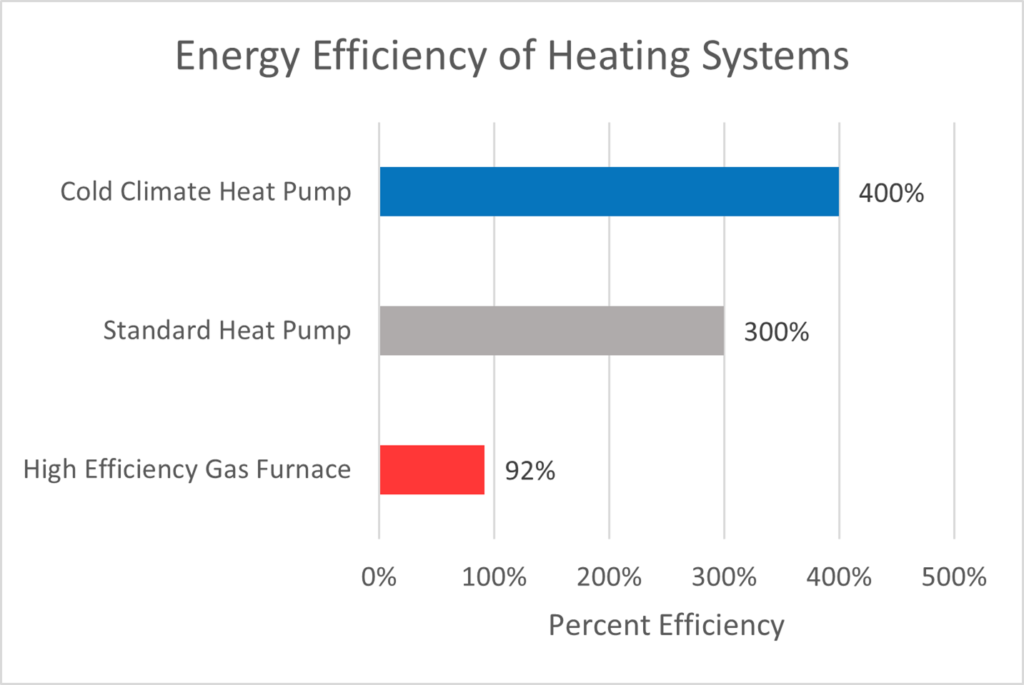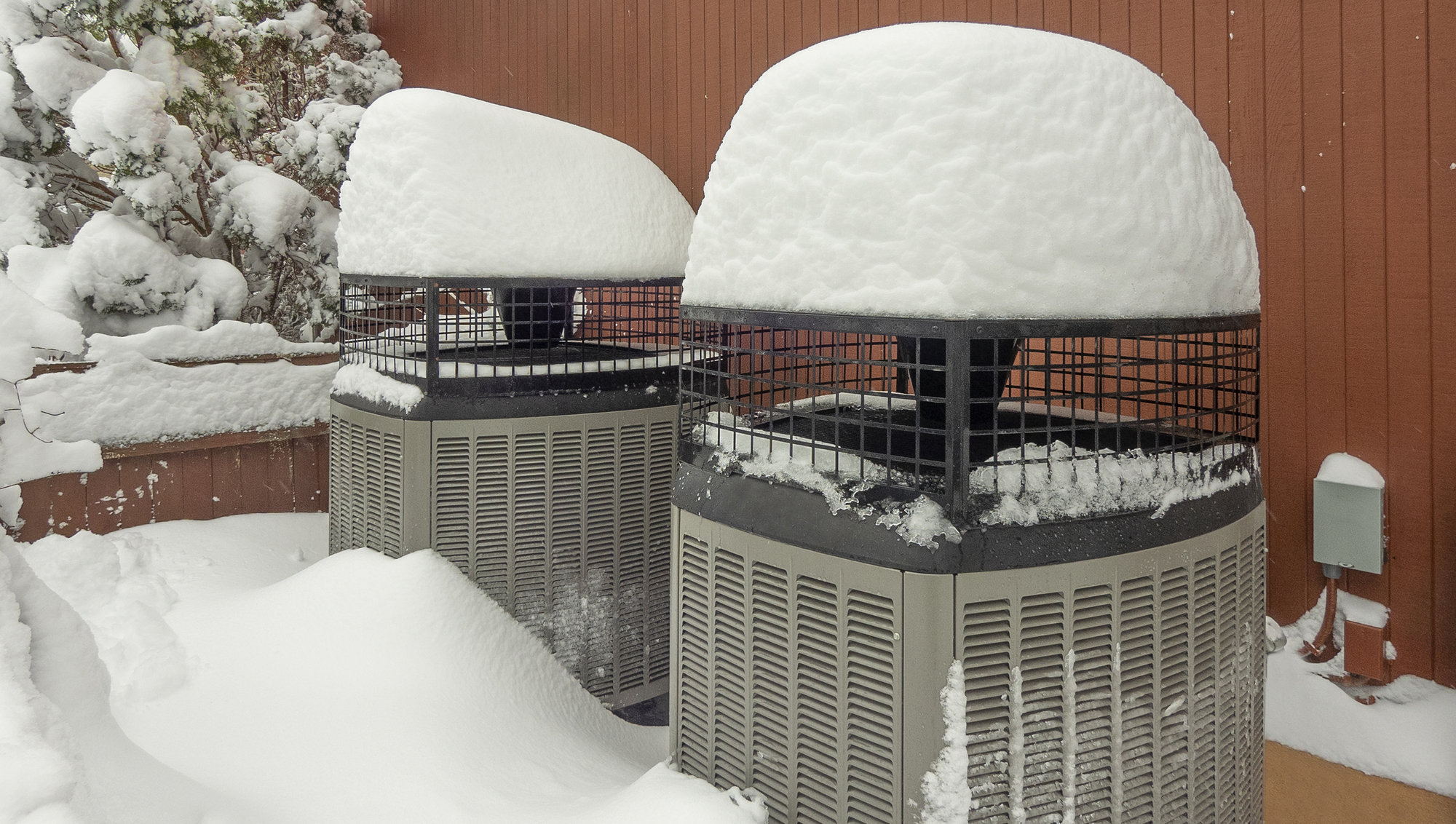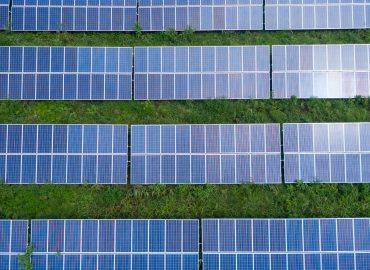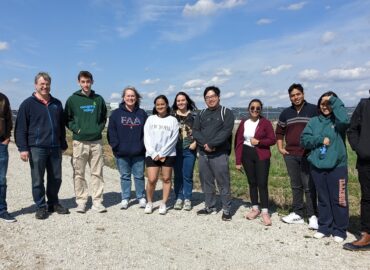Heat pump technology is far from new. The concept was first developed in the mid to late 1800’s and has been continually advanced to this day. In essence heat pumps move heat from one location to another rather than trying to produce heat. This technology is used within appliances such as refrigerators, freezers, and air conditioners; however, these only move heat in one direction. Heat pumps, and the appliances above, work by transferring heat from indoor air to outdoor air via a compressor, refrigerant, coils, and fans. This means the home, space or refrigerator is cooled as the heat inside is moved outside. The difference between the appliances above and a modern heat pump is technology that allows the unit to alternate modes or reverse the direction of heat flow. A reversing valve allows the refrigerant in the system to change direction, thereby reversing the flow of heat during cool months when heating is required. This allowed for heat pumps to replace separate heating and cooling systems with a single system. Early adopters found greater efficiency but also limited heating capacity at low outdoor temperatures. This particular problem has hindered the wide-spread adoption of heat pumps but thanks to technological advancements many heat pump models can now be utilized effectively in any climate including those with extremely cold temperatures.
We continue to hear hesitation and doubt about the performance of heat pumps in cold climates. It is a common myth that heat pumps simply don’t work in temperatures near or below 30°F. This myth comes from an outdated understanding of heat pump technology, but heat pump technology has changed dramatically in recent years and new heat pump options are available. In the past, heat pumps were most effective in mild climates, such as the American south, where heat pumps have been used for years. This is true. However, some heat pumps are now viable in colder regions. These units are referred to as ‘cold climate’ or sometimes ‘low ambient’ heat pumps. Cold climate heat pumps use additional features to enable them to provide heat in much colder temperatures than traditional heat pumps, hence the designation of cold climate. Where traditional heat pumps no longer produce substantial quantities of heat below 20°- 30°F, cold climate heat pumps can produce substantial quantities of heat from outdoor temperatures down to 0°F or colder. Many of these can even operate down to temperatures of -15°F or -20°F, while only losing a portion of their capacity (~30%). This extended operating range dramatically overcomes the small energy penalty from the configuration to achieve cold climate operation.
You may be asking why do we care if heat pumps work in cold climates? Well, the primary advantage of heat pumps over other conditioning systems is improved energy efficiency. Heat pumps fit into multiple categories including air source, ground source (or geothermal), and water source heat pumps. The concept behind these different categories is the same, moving heat rather than creating it, which ultimately takes less energy no matter the system type used. Standard air source heat pumps are capable of transferring 3x or 300% of the energy they consume. Cold climate heat pumps may even outperform the standard models reaching nearly 400% efficiency. For comparison, the thermal efficiency of modern high efficiency gas-fired furnaces is typically around 92%, meaning we get less energy out of these units than we put in. The increased efficiency of heat pumps means that even when natural gas rates are lower than electrical rates heat pumps may provide the same heating capacity at lower operating costs.

The following technological advancements have allowed for wider operating ranges and increased efficiency of cold climate heat pumps:
Variable Speed Compressors and Fans: Variable speed compressors adjust the compressor speed to match the conditioning load requirement rather than running at full capacity all the time. Variable speed fans operate at different airflows to optimize coil performance at the current load.
Enhanced Vapor Injection: This is a technology used to achieve a broader operating temperature range and increase low-ambient temperature efficiency, which refers to how well HVAC systems function in cold climate conditions below typical heat pump operating ranges. A small amount of refrigerant is passed through a separate expansion valve and heat-exchanger before re-injection at warmer temperature back into the compressor. This technology sacrifices some peak efficiency to improve overall average efficiency.
Electronic Expansion Valves: These are metering devices that regulate the flow of refrigerant into the evaporator. They provide more precise metering of refrigerant flow, allowing these systems to deliver more liquid refrigerant to the evaporator without flooding the compressor.
Sensors and Controls: Cold climate heat pumps employ multiple sensors and advanced controls to optimize operation by matching refrigerant flow and volume to the compressor and fan speed to keep the system from damaging itself.
The advancements listed above represent years of continual effort and improvement behind the concept of heat pumps. Cold Climate heat pumps are a refined version of the original concept that offers far greater performance. Cold Climate heat pumps are simply the most efficient version of heat pumps currently available. There isn’t a significant difference between standard and cold climate models besides greater efficiency across a broader range of temperatures. We are seeing a progression in technology more than we are seeing development of a model specifically for colder climates. It is likely we will see more improvement in the future along with further widespread adoption of this technology.
When considering heat pumps for a building or space, it’s beneficial to understand the differences between unit efficiency ratings and how to identify units with cold climate capability.
Air Conditioners and heat pumps utilize the following efficiency ratings.
Cooling performance:
- EER = Energy Efficiency Ratio (Design condition efficiency)
- SEER = Seasonal Energy Efficiency Ratio (Seasonal efficiency)
- EER2 = Updated EER testing procedures
- SEER2 = Updated SEER testing procedures
Heating performance:
- HSPF = Heating Seasonal Performance Factor (Seasonal efficiency)
- HSPF2 = Updated HSPF testing procedures
- COP = Coefficient of Performance (Design condition efficiency)
Out of these different ratings, SEER and HSPF are often the most readily accessible when comparing new units. Typically, the higher the number the better the efficiency. SEER/HSPF takes into account the temperature profile of a typical year, which captures changing efficiency through different seasons. EER/COP is only measured at a specific point or design temperature. EER/COP is almost always lower than SEER/HSPF, as the unit is running in a high-stress (extreme) condition versus average conditions. SEER2, EER2 and HSPF2 are updated ratings using new test parameters that are more representative of current real-life conditions.
It isn’t possible to determine if a unit is a ‘cold climate’ unit by evaluating efficiency ratings alone. The best way to determine if a heat pump unit is cold climate capable is to obtain the performance data from the manufacturer. The lowest rated operating temperature will be included in this information. Yet, this information is not always easy to find. Some manufacturers plainly label their cold-climate units with special tags such as Mitsubishi’s ‘Hyper-heat’ or ‘H2i’ units. Other manufacturers call out cold climate performance with different series names such as Daikin’s ‘AURORA’ heat pump series, and Fujitsu’s ‘Extra Low Temperature Heating’ or ‘XLTH’ series. However, many manufacturers do not call out cold climate capability on their units or in their marketing materials.
The Air-Conditioning, Heating, and Refrigeration Institute (AHRI) maintains a database that allows you to search for heat pump performance data by model number. This database can be helpful in researching heat pump options as it includes AHRI low-temperature ratings for applicable units. This low-temperature rating is based on an exterior temperature of 17°F, which isn’t low enough to indicate true cold-climate performance, but it is still an indicator of performance that can be used to compare available options.
In addition to the AHRI database above, EnergyStar also has their own database of heat pump units that consumers can search to find a cold climate heat pump. EnergyStar’s Product Finder includes multiple heat pump system types including Ducted, Mini-Split, and Geothermal. There are many filters that can be applied to assist in comparing the available options. Among these filters is a ‘cold climate’ option, which will show units that are certified under EnergyStar V6.1 for cold climate performance. EnergyStar defines this performance as follows:
- COP at 5°F > 1.75
- This means at 5°F these units must be able to transfer 1.75x or 175% of the energy they consume. If you recall, this is still more efficient than a typical high-efficiency gas furnace (92%). So, colder temperatures can reduce heat pump efficiency, but it is often still higher than the gas alternative.
- Percent of Heating Capacity at 5°F > 70% of that at 47°F
- This means when the outdoor temperature is 5°F the unit will provide at least 70% of the heating capacity that is provided when the outdoor temperature is 47°F. This demonstrates that the unit can still provide usable heat even if it cannot provide 100% of its capacity. Depending on the location and condition of the existing building, 70% of the heating capacity may be enough to survive a cold snap without a significant drop in interior temperatures. Carefully sized supplemental heat can be installed to increase the functional operating range for even colder temperatures.
- The performance indicated above must be achieved by the factory installed native controls operating as they would in a consumer’s building.
The units certified under these performance requirements would be appropriate for many cold climate locations. This EnergyStar certification represents increased cold climate performance over those units rated for cold climates by AHRI simply due to the lower rated temperature range. Both resources can be used to evaluate options; some units may just meet these requirements and others may outperform them.
A common concern regarding cold climate heat pumps is the possible failure of the heat pump during more extreme cold. First, let’s revisit the installation of supplemental or back-up heat for heat pumps in general. Current practice is to install back-up heating that meets 100% of the heating load should the heat pump fail. Most often this back-up heating is installed as electric resistance heating, which comes with a higher energy penalty. For context, typical gas heating systems are not installed with full 100% back-up systems. So, do we really need to treat heat pumps differently? In some ways yes. Heat pumps, even modern cold climate models, will lose capacity as temperatures get colder, typically beginning at 0°F, for cold climate heat pumps. This means heat pumps, depending on where they are located, can need a source of supplemental heating to ensure occupant safety and building integrity is maintained. However, the key point here is that heat pumps may need supplemental heating, not back-up heating. What’s the difference between supplemental and back-up heating? In this case the term back-up represents a second system installed to cover 100% of the loads served by the primary conditioning system. When a back-up system kicks on the transition is seamless without interruption of building operations. We use supplemental, on the other hand, to represent a second system installed to cover only a certain percentage of the loads served by the primary system. The idea here is a supplemental system will ensure the building remains safe and habitable for a period of time until severe weather passes, or broken equipment is fixed. This arrangement simply supplements or supports the primary system when extra capacity is needed. There are a few reasons why this distinction is so important:
- First, the electric service to the building may not have the capacity for full 100% electric resistance back-up heating. This could mean costly electrical upgrades are required simply to install the new equipment. This points back to the myth that building electrification with heat pumps is too expensive and represents a significant barrier to adoption. If we can specify carefully sized supplemental heating instead, we may be able to avoid electrical service upgrades as the total electrical service needed is reduced.
- Second, we want to know if there’s a problem so the heat pump can be repaired. Any back-up heat, electric or otherwise, sized to 100% heating capacity will cover up a heat pump’s failure. Building occupants will most likely not notice the switch from heat pump to back-up heating if the system is set up properly. If the back-up heat is installed as electric resistance, the first clue something is wrong will come in the form of the next electrical bill which could be up to 3 times higher than it would be if the heat pump system was operational. Depending on how closely you watch your bills this could result in significant electrical cost increases until the heat pump system is fixed.
Due to the many advancements in technology and design, we now have heat pumps that absolutely work in cold climates, but consumers should educate themselves before they call a contractor. When considering/evaluating replacing your building’s HVAC equipment, consider heat pump options for your home or business and be sure to ask your contractor to provide options appropriate for your climate zone. For those in cold climates, ask specifically for “Cold Climate” or “Low-Ambient” capable heat pumps and request performance information from the manufacturer to verify the lowest rated operating range. Not all heat pumps perform the same and not all Cold Climate heat pumps perform the same. Additionally, right sizing HVAC equipment to account for building improvements that have happened over time will help reduce the cost and improve the performance of the new equipment. Stay tuned to the Energy Code resources website for more information about Cold Climate heat pumps.





